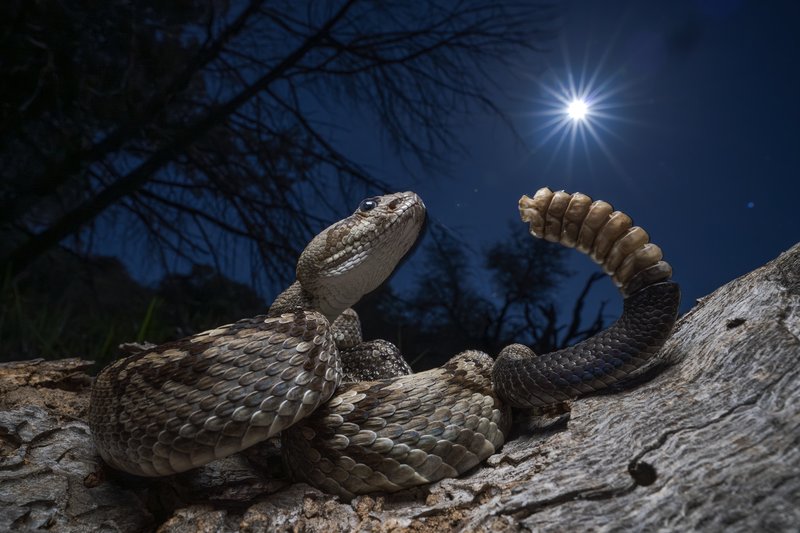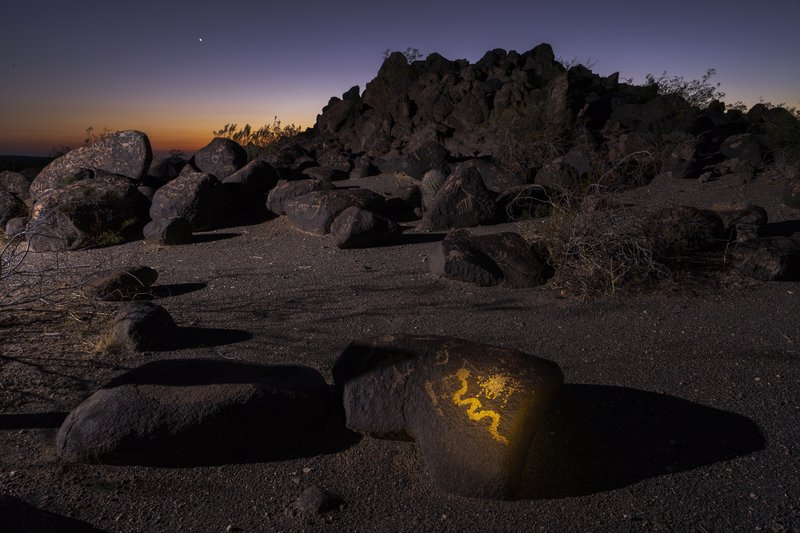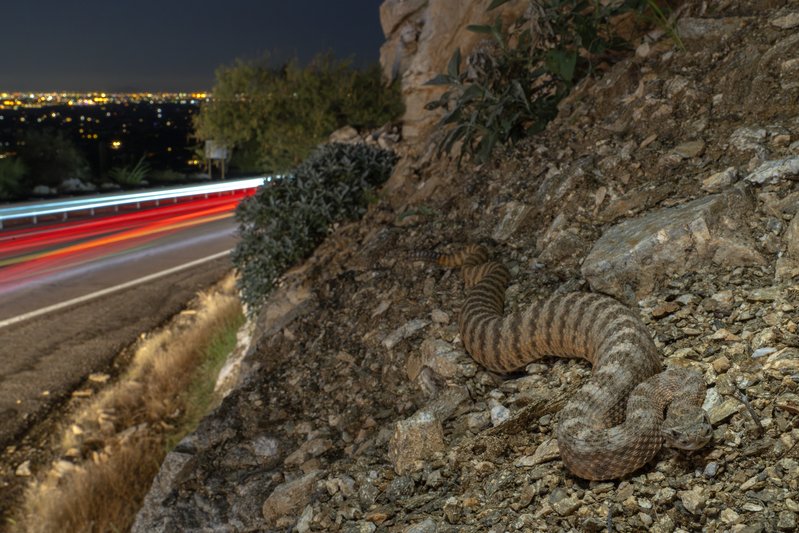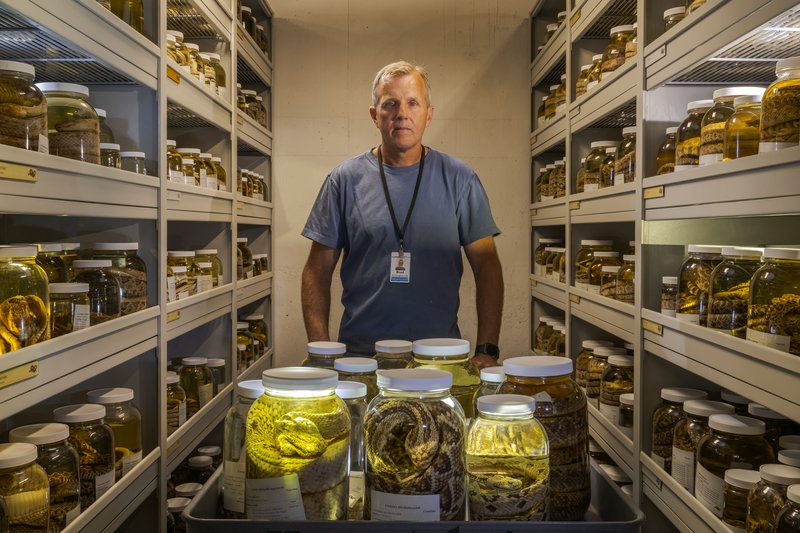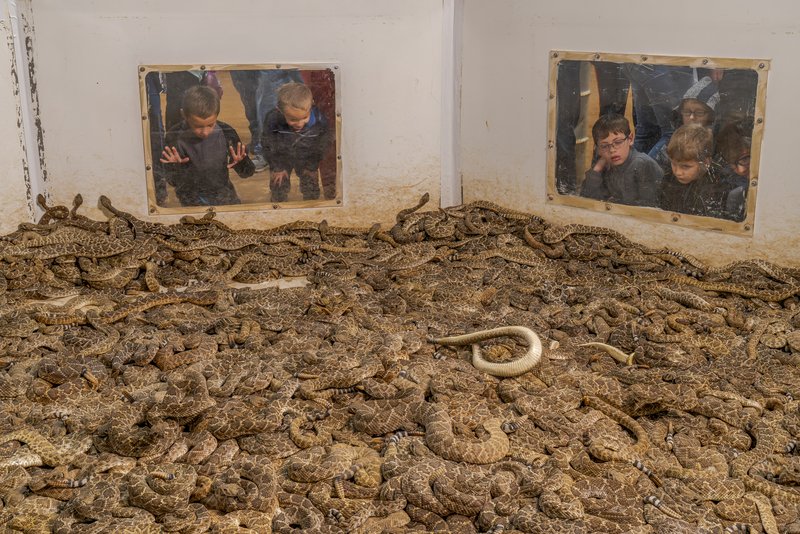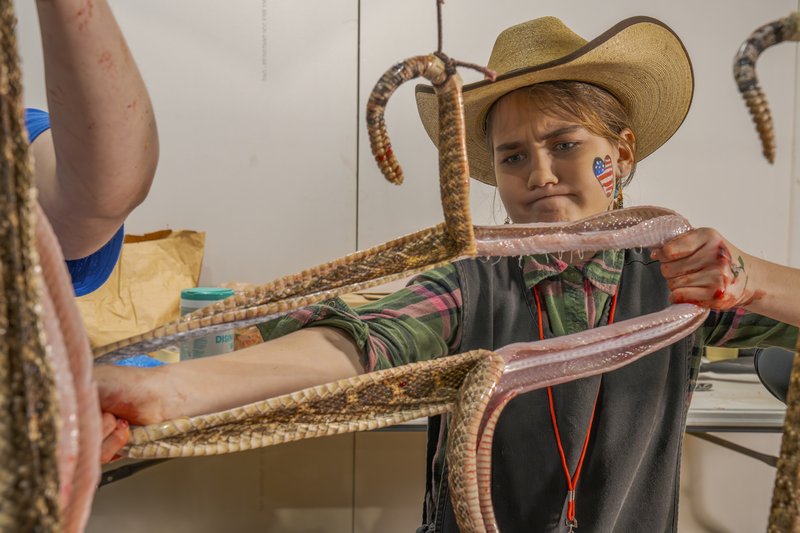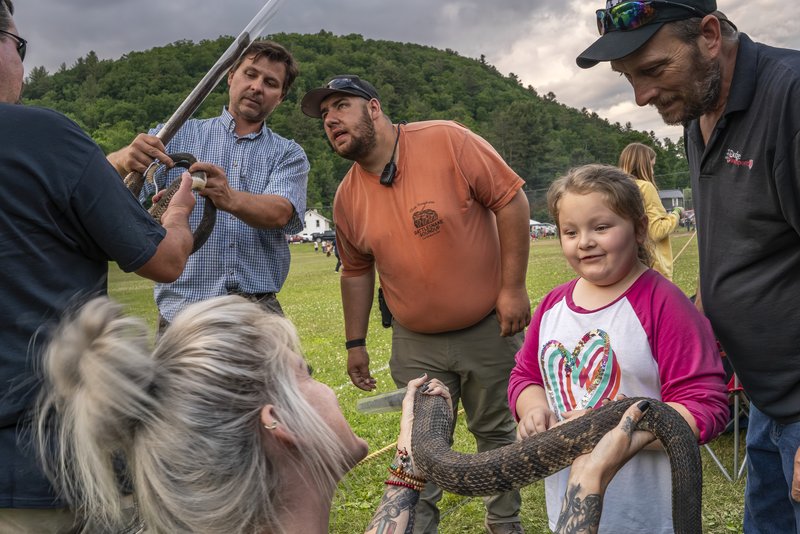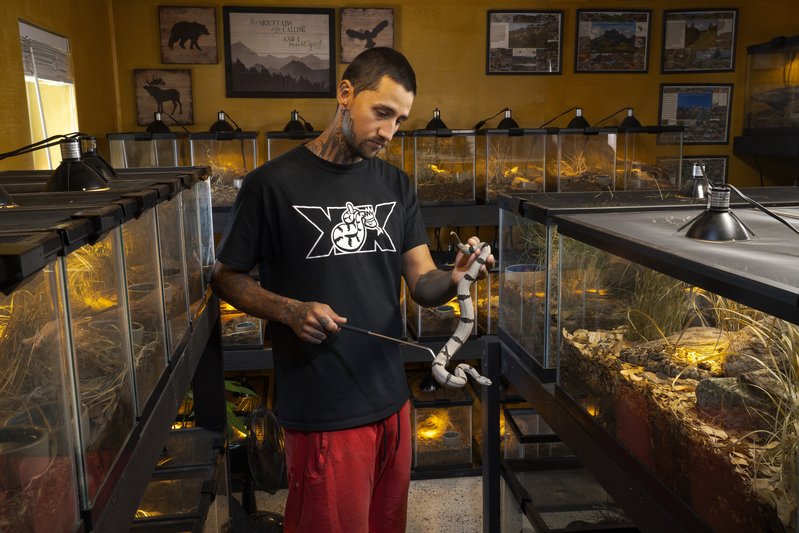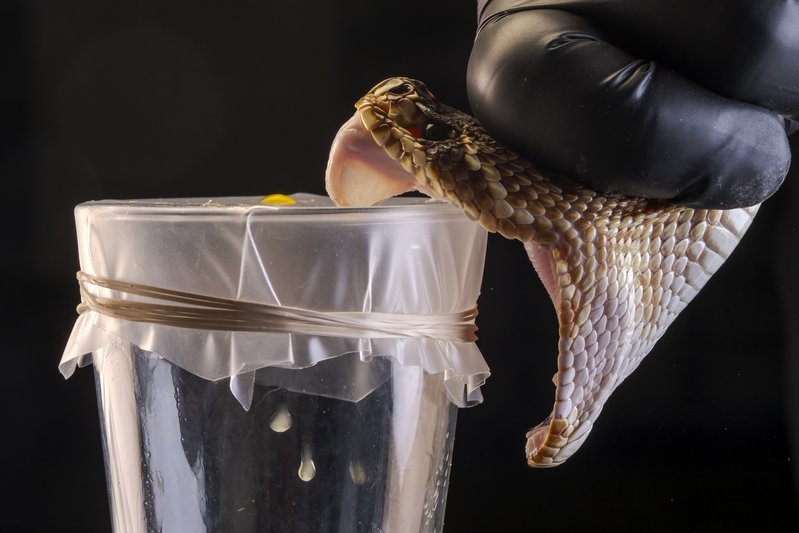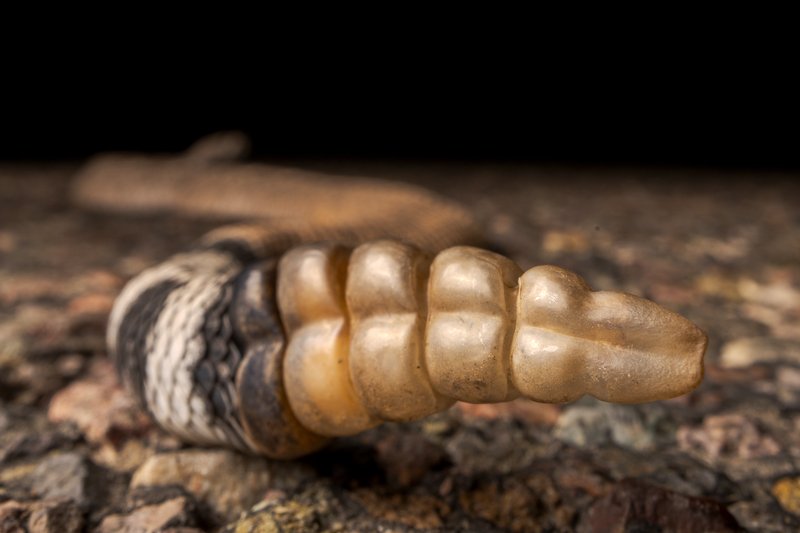Finalist: Love, hate and rattlesnakes
Caption
Slide 1 of 10
Love, hate and rattlesnakes
March 29, 2021
Saved from Certain Death
To raise their body temperature so they can hunt and digest, rattlesnakes often bask on warm pavement when the air cools. This Northern Black-tailed Rattlesnake (Crotalus molossus) was relocated to the roadside by a citizen concerned that it would be hit by a car. It was at that moment I took this photo. We continued on our way, hoping not to see any snakes dead on the road, which is one of the most common threats to these animals. Rattlesnakes play a vital role in ecosystems by controlling rodent populations, helping maintain balance in nature. Their venom also holds promise in medical research. Despite their feared reputation, these fascinating creatures are essential to biodiversity
March 29, 2021
Rattlesnakes have been revered as symbols of renewal and reviled as emissaries of the underworld. Hunted and harassed into the dark corners of our imagination, they evoke a mix of fascination and fear. Can our fears be dispelled before this iconic creature of the American West vanishes from our landscapes?This story explores the complex relationship humans have with rattlesnakes, particularly in the American West. Throughout history, rattlesnakes have played important roles. The Hopi of the Southwest saw them as messengers to life-giving spirits, while the Aztec and Maya linked them to rain and planting seasons. Early European colonists admired their strength and virility, with the timber rattlesnake becoming a symbol of unity, notably on the Gadsden flag with the motto "Don't Tread on Me."Despite their cultural significance, rattlesnakes face widespread persecution. Historically, communities offered bounties for dead rattlesnakes, and annual roundups were held to kill hundreds in the name of safety. The Sweetwater Rattlesnake Roundup, which began in 1958, continues today, attracting thousands and generating revenue. Hunters collect rattlesnakes for their skins, venom, and meat, using brutal methods like decapitation and unregulated venom extraction.In contrast, some roundups, like the one in Morris Township, Pennsylvania, have shifted toward education. These events emphasize the ecological role of rattlesnakes and allow people to interact with them. Most captured snakes are released back into the wild.This story raises ethical concerns about traditional roundups and underscores rattlesnakes’ importance in controlling rodent populations and contributing to biodiversity. Their venom also holds medical value, being used in cancer treatments, blood pressure medication, and antivenoms. Conservationists are working to protect rattlesnake populations, but changing public perception remains difficult, as fear and misinformation persist.In conclusion, this story calls for a shift in perspective, urging respect and protection for these misunderstood creatures before they disappear from the American landscape. Through education and conservation, we can better appreciate their role in our ecosystems and medicine, ensuring they thrive rather than vanish.
Javier Aznar
